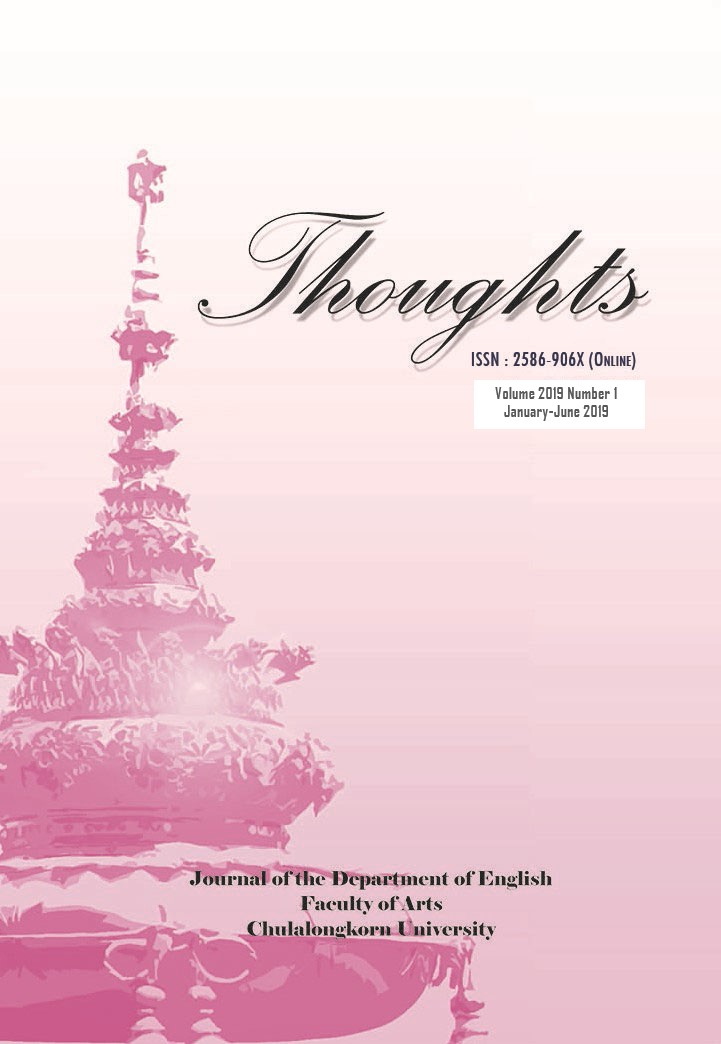Divergent Dystopias: An Analysis of Power Relations and Resistance in Lois Lowry’s The Giver and Gathering Blue
Keywords:
The Giver, Gathering Blue, dystopia, Michel Foucault, The Subject and Power, Power Relations, ResistanceAbstract
The research, employing Michel Foucault’s “The Subject and Power,” aims to examine power relations and resistance in Lois Lowry’s dystopian societies in The Giver and Gathering Blue. Though the societies are portrayed in wildly diverging ways, scientifically advanced in the Giver and relatively primitive in Gathering Blue, both are governed by local oligarchies. Foucault’s five points which are crucial to the concrete establishment of power relations: the system of differentiations, objectives, means of bringing power relations into being, forms of institutionalization and the degrees of rationalization are explored in these two young adult dystopias in order to illustrate power relations in the societies, the objectification which transforms individuals into subjects, and forms of resistance. In The Giver, the protagonist chooses to escape from the totalitarian society in which he lives while the protagonist in Gathering Blue decides to undermine the oppressive regime and negotiate her identity from within. Even though the regimes are not completely overthrown, the young recalcitrant protagonists inspire adolescent readers to stand up and fight for a better future.
References
Baccolini, R., & Moylan, T. (2003). Dark horizons: Science fiction and the dystopian imagination. New York: Routledge.
Foucault, M. (1982). The subject and power. Critical Inquiry, 8(4), 777-795. Retrieved from https://www.jstor.org/stable/1343197
Fraser, N. (1989). Unruly practices. Minneapolis: University of Minnesota Press.
Hintz, C., & Ostry E. (2003). Introduction. In C. Hintz, & E. Ostry (Eds.), Utopian and dystopian: Writing for children and young adults (pp. 1-20). New York: Routledge.
Lowry, L. (1993). The Giver. New York: Houghton Mifflin Harcourt.
Lowry, L. (2000). Gathering Blue. London: HarperCollins Children’s Books.
Lowry, L. (2004). Messenger. London: Harper Collins Children’s Books.
Roozeboom, A.N. (2017). Lois Lowry’s The Giver and political consciousness in youth. Ariculate, 16, article 3, 18-32. Retrieved from https://digitalcommons.denison.edu/articulate/vol16/iss1/3/
Sambell, K. (2003). Presenting the case for social change: The creative dilemma of dystopian writing for children. In C. Hintz, & E. Ostry (Eds.), Utopian and dystopian: Writing for children and young adults (pp. 163-178). New York: Routledge.
Scholes, R. (1975). Structural fabulation: An essay on fiction of the future. London: University of Norte Dame Press.
Totaro R.C.N. (2003). Suffering in Utopia. In C. Hintz & E. Ostry (Eds.), Utopian and dystopian: Writing for children and young adults (pp. 127-138). New York: Routledge.
Wend-Walker, G. (2013). On the possibility of elsewhere: A postsecular reading of Lois Lowry’s Giver trilogy. Children’s Literature Association Quarterly, 38(2), 137-158. Retrieved from doi:10.1353/chq.2013.0025
Downloads
Published
Issue
Section
License
Copyright by the Faculty of Arts, Chulalongkorn University.
Photocopying is allowed for internal, non-commercial use only. Photocopying for other uses or for purposes other than indicated must be permitted in writing from the Faculty of Arts, Chulalongkorn University.
All views or conclusion are those of the authors of the articles and not necessarily those of the publisher or the editorial staff.


